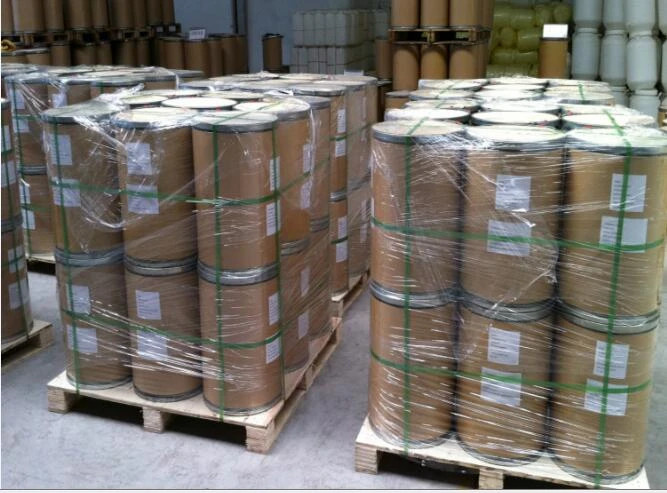Hydrazine Boiler Water Treatment A Comprehensive Overview
Boilers are critical components in various industrial processes, providing steam and hot water for heating, power generation, and numerous manufacturing operations. However, maintaining the efficiency and longevity of boilers requires meticulous attention to water quality. One of the crucial aspects of boiler water treatment is the use of hydrazine, a chemical compound that plays a significant role in preventing corrosion and ensuring optimal performance.
Hydrazine, a colorless and flammable liquid with a distinct ammonia-like odor, is primarily utilized as an oxygen scavenger in boiler water treatment. The presence of dissolved oxygen in boiler water can lead to severe corrosion of iron and steel components due to the formation of corrosive compounds. By effectively removing oxygen from the water, hydrazine helps to mitigate this risk, prolonging the life of boiler systems and minimizing maintenance costs.
The mechanism by which hydrazine operates involves a chemical reaction with oxygen. When added to boiler water, hydrazine reacts with dissolved oxygen to form nitrogen and water, thus effectively eliminating the corrosive agent. The overall reaction can be summarized as follows
\[ \text{N}_2\text{H}_4 + \text{O}_2 \rightarrow \text{N}_2 + 2\text{H}_2\text{O} \]
This reaction not only protects the metal surfaces from corrosion but also helps maintain the integrity and efficiency of the boiler system. Additionally, hydrazine functions well at various temperatures, making it a versatile choice for different types of boilers, including high-temperature and high-pressure systems.
hydrazine boiler water treatment

However, while hydrazine is effective for oxygen scavenging, it must be handled with caution due to its toxic and potentially hazardous nature. Exposure to hydrazine can pose serious health risks, including respiratory issues, skin irritation, and, in extreme cases, carcinogenic effects. Therefore, boiler operators and maintenance personnel must adhere to strict safety protocols, including the use of personal protective equipment (PPE) and appropriate ventilation systems when working with hydrazine.
In addition to hydrazine, comprehensive boiler water treatment programs often include other chemicals, such as phosphate-based programs and polymer oxygen scavengers. These substances work synergistically to address a broader range of water quality issues, including scale formation and deposits that can hinder heat transfer efficiency.
Monitoring and controlling the concentration of hydrazine in boiler water is essential for effective treatment. Regular testing for residual hydrazine levels helps ensure that the dosing is appropriate and that the water quality remains within specified parameters. The ideal residual concentration of hydrazine varies depending on system design and operating conditions, but careful calibration is necessary to optimize performance while minimizing risks.
Furthermore, environmental considerations are increasingly influencing the usage of hydrazine in boiler water treatment. Regulatory bodies have set guidelines to limit the discharge of hazardous chemicals and promote more sustainable alternatives. Some industries are exploring biodegradable options or advanced technologies such as membrane filtration to reduce the need for conventional chemical treatments.
In conclusion, hydrazine plays a vital role in the treatment of boiler water, providing effective oxygen scavenging to prevent corrosion and extend the life of boiler systems. Though it offers significant advantages, it is essential to handle this compound with care and to consider alternative methods and environmentally friendly practices in water treatment. By implementing comprehensive water treatment strategies, industries can enhance the efficiency and reliability of their boiler systems while ensuring safety and compliance with environmental regulations.

